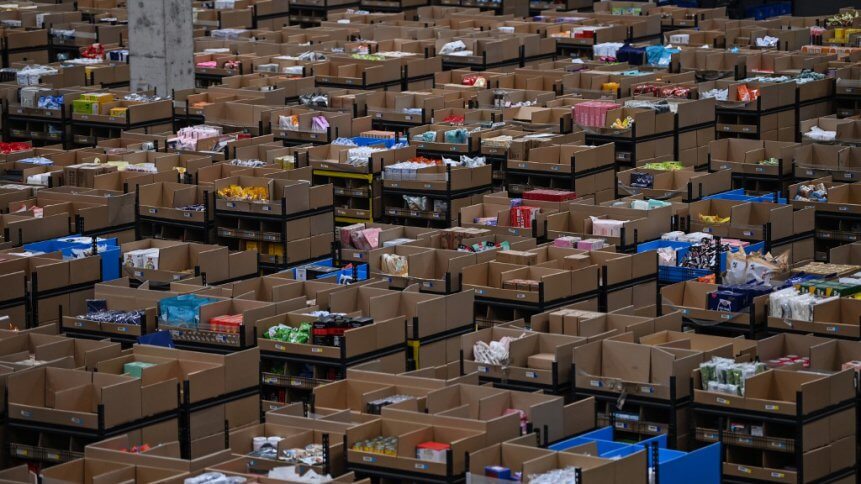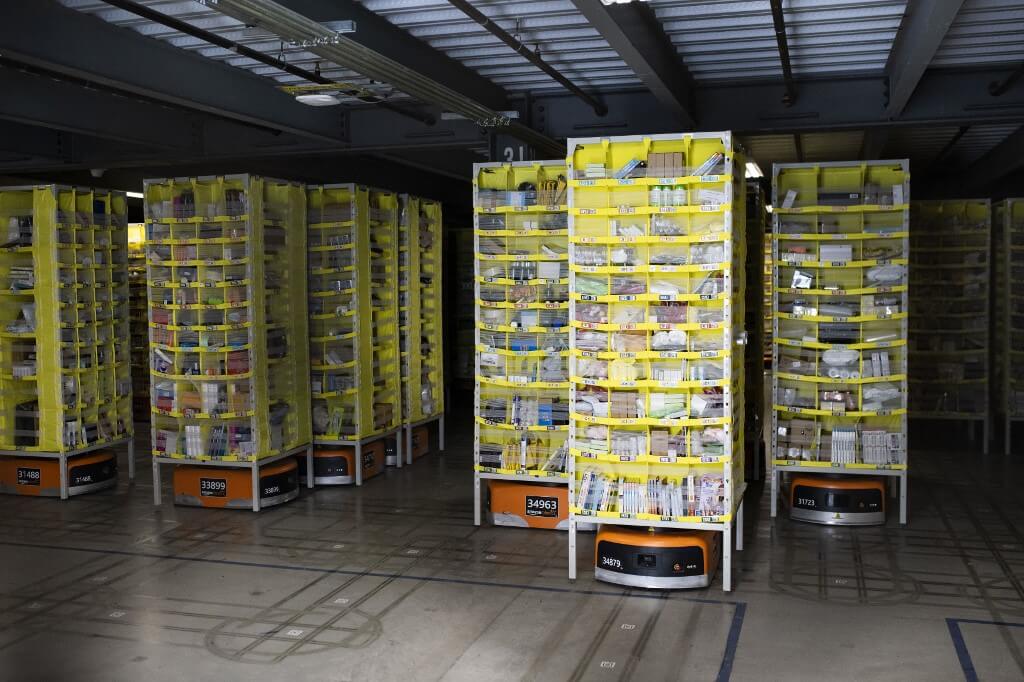
The explosive growth of online and mobile shopping has seen supply chains being squeezed under the mounting strains, explaining why automation is experiencing record amounts of demand in recent months.
The intention to automate supply chain links in the warehousing, logistics and e-commerce sectors has been present even before the pandemic took hold last year, but the subsequent challenges the fulfillment space faced were extremely high profile.
More than ever post-COVID-19, consumers turned to e-commerce and mobile channels to procure goods, placing tremendous pressure on warehouses to deliver which automation can help ease – a reality that supply chain managers are all too aware of, with the 2021 MHI Annual Industry Report making clear that almost half of logistics decision-makers have sped up their spending outlook on automation technologies like autonomous mobile robots (AMRs) as a result of factors like the pandemic.
Mobile automation solutions like AMRs represent a handful of productivity and efficiency benefits that can safeguard the competitive posture of suppliers and warehousers beyond the major supply chain disruptions that had been felt in the market since last year.

Lawnmower-sized robots move around shelving units in Amazon’s Fulfillment Center. (Photo by Grant HINDSLEY / AFP)
For instance, the coronavirus greatly highlighted the need for regular and stringent health and safety precautions, from the front office to the warehouse to the fulfillment hub. Businesses can avoid questions of safety concerns if they integrate automated methods like robotic conveyor systems which can ensure contactless handling and distribution of materials.
In the same vein of productivity and safety, mobile automation will not tire, feel overworked, or fall ill if they are required to work overtime to meet production or fulfillment deadlines. Not only can tools like AMRs perform the oft-repetitive and mundane tasks at a distribution hub, but they could do it round the clock if needed – complementing human labor whenever needed, and freeing human workers to be performing more attention-intensive tasks, better.
And it’s not just mundane tasks, more and more AMRs are leveraging artificial intelligence (AI), machine learning (ML), and the power of
data insights to optimize key business decisions, such as fleet management. By relying on data analytics firms can study patterns and past distribution schedules to optimize things like delivery routes, distribution mechanisms, and learn from the performance of past business flow techniques.
With better decision-making, supply chain operators can improve existing processes, while using data to help reduce costs, manage risks, and drive new efficiencies. And with the prevalence of reliable mobile automation tech within the warehousing sector of late, there is bound to be a versatile solution that can help smaller distribution hubs and micro e-commerce operators deliver on their fulfillment needs.










